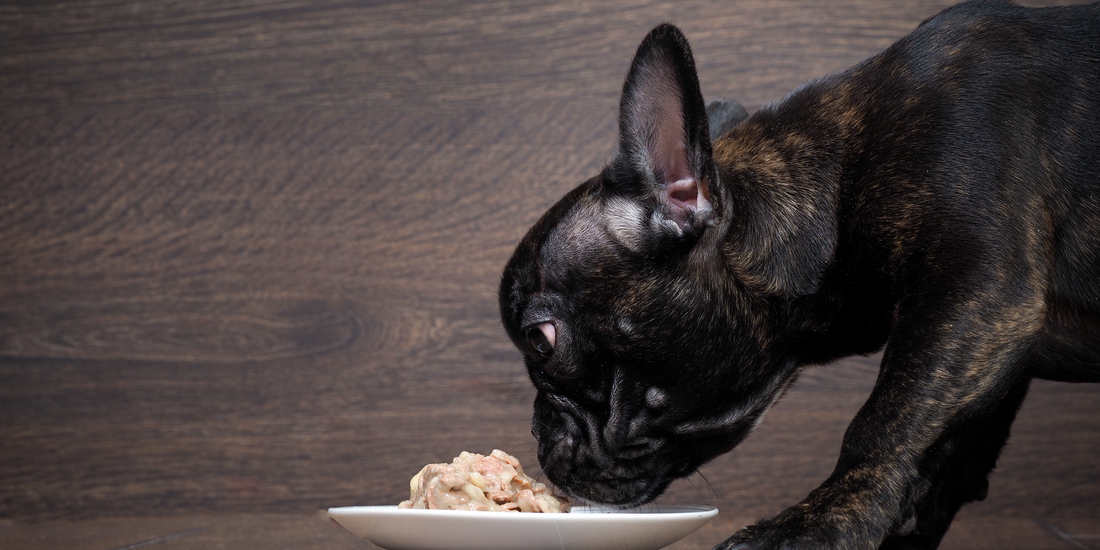
How To Transition To Raw Feeding
So, you’ve decided to offer your pet to a healthy, nutritious diet, but you’re not sure where to start? Don’t worry, we’ve got you covered!
Take a gradual, slow approach when transitioning to a raw diet
It’s important do transition to a raw feeding diet slowly and gradually, to avoid any problems that may occur. Your pet could experience an upset stomach from a sudden change in diet, or they simply may not like change!
The best way to approach the transition in a gradual manner is to apply the following changes over a two-week period:
- Days 1-4; 20% new diet/80% old diet
- Days 5-8; 50% new diet/50% old diet
- Days 9-13; 80% new diet/20% old diet
- Days 14 onwards: 100% raw diet!
Introducing sources of protein in a raw diet
You want to slowly introduce new proteins to your pets diet, especially if they have been eating predominantly processed food up until now.
Start with one source of protein, and preferably one they are familiar with (if applicable). Monitor their behaviour and stools and, if you’re not seeing any diarrhoea or other issues, then you can look to introduce a new protein every 7 days.
Then, once you have them on the raw diet for a few months, you can mix up the proteins each day,
Transitioning to a raw diet at different life stages
The stage of life your pet is at will determine how well the transition *may* go.
For example, a puppy that has a healthy digestive system may transition faster than a senior dog that has had as life living off a processed diet. They don’t have the negative effects of a processed diet whereas a older dogs digestive system is more likely to be fragile and sensitive to change.
Some common side effects of transitioning to a raw diet
Changes in stools
It’s highly likely one of the first things you’ll notice when transitioning to a raw diet is a change in your pets stools and bowel movements. This could include having an upset stomach and getting diarrhaoea/softer stools. Or, they may simply experience bowel movements less frequently than usual.
After establishing a raw diet, the stools should become smaller and firmer.
Water intake changes
When a dog is eating a diet made up of processed foods, they tend to drink a lot more water to make up for the lack of moisture in their diet. So, don’t be alarmed if they start to drink less water during and after the transition period. They will start to get a lot of their water intake from the food in their raw diet.
Detox process
If your dog was on a completely processed diet, or even partially processed, they may go through a detox period. Much the same as humans when we go from an unhealthy processed diet, their body will take some time to get used to change and you may notice the following:
- Dry skin & excess shedding
- Runny eyes
- A mucus coating on your dogs stools
This is there body’s reaction to clearing out any toxins from their old diet shouldn’t be a concern.
Some extra tips for transitioning
It can be a daunting process to transition your dog from their current diet to a raw one. As long as you follow the gradual, slow process, and continue to keep an eye on their behaviours, it should be a smooth process for you. Some extra tips to further help are listed below:
- Serve all of the food items at room temperature
- Ensure there is always clean drinking water available for your pet
- If possible, try fasting your dog for 12-24 hours before starting the transition process. This will help to reset their digestive system before the transition.
